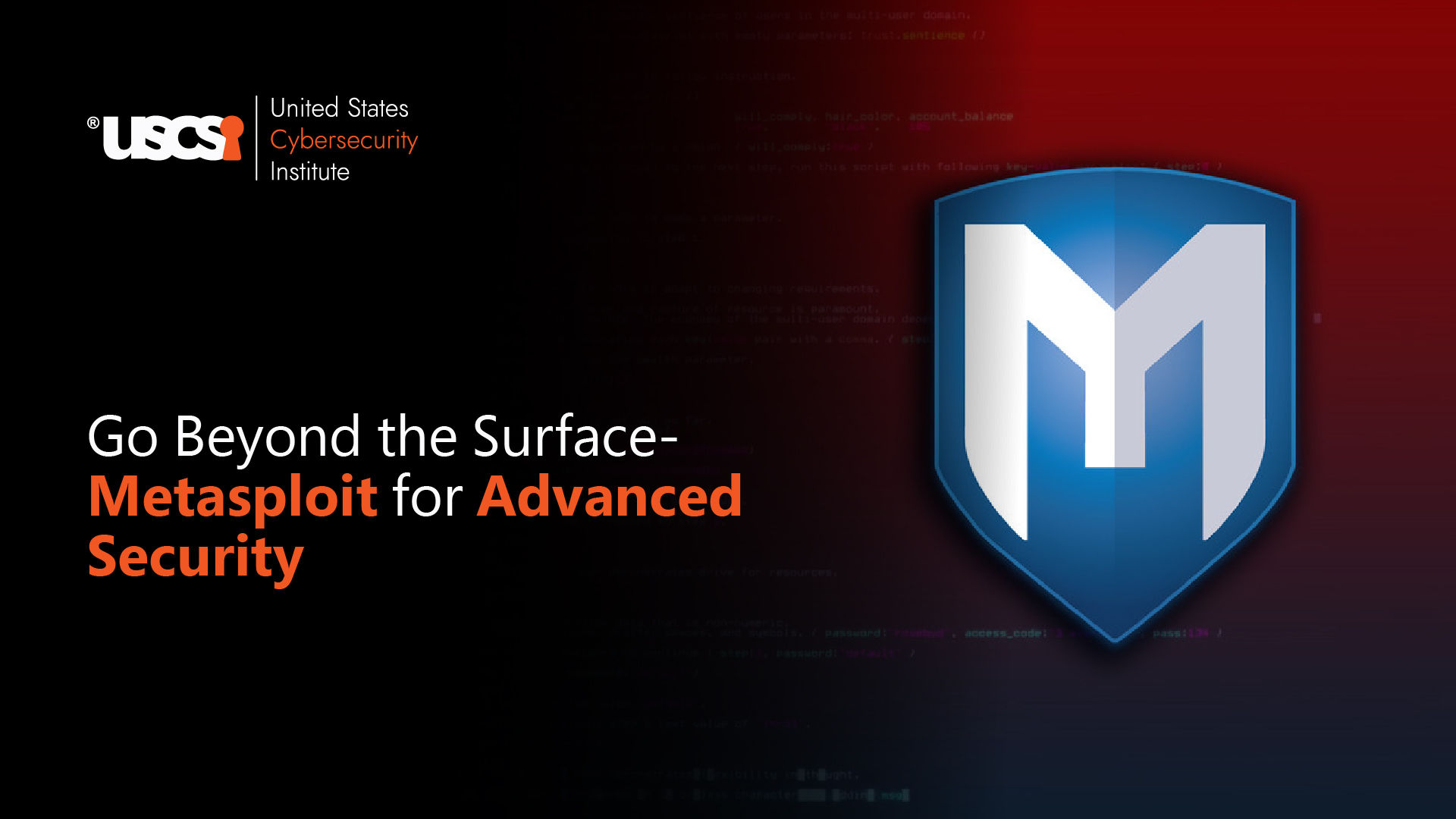

Security Systems Architecture: A Detailed Overview
Cyberthreats are looming over all organizations of all size. Their critical digital infrastructure and data assets are always prone to various kinds of cyber-attacks. Therefore, it is necessary for organizations to have robust defense mechanisms to combat new and evolving kinds of cyber threats. The global cybersecurity market is expected to reach $271.9 billion by 2029, and a significant investment will be made in security architecture.
Cybersecurity architecture plays an important role in strengthening the overall security measures of the organization. It serves as a blueprint to protect an organization’s IT infrastructure, and their data from misuse, manipulation, or modification.
What is security architecture?
Security architecture refers to designing systems, policies, and security-related technologies to protect an organization’s IT and business assets from evolving cyber threats. It ensures it aligns with cybersecurity measures as well as the business goals and risk management capabilities of the organization. This also translates to the demand for cybersecurity professionals like security auditors and others with relevant cybersecurity skills.
It is helpful to proactively identify threats and implement controls to offer a shield to organizations’ data and systems. Firewalls, encryption, access controls, etc., are some essential components of security architecture. So, following best practices and adapting to new threats, organizations can take maximum advantage of security architecture in protecting their assets.
Objectives
All security architectures serve the same purpose, i.e. to reduce the risk of cyber threats. Integrating efficient security architectures serves several key objectives as described below:
- Alignment with business goals – security isn’t an afterthought. By having proper security architecture in place, organizations ensure security measures directly support and complement their overall business objectives.
- Threat mitigation – Its main objective is to proactively identify potential vulnerabilities and implement efficient controls to minimize cybersecurity risks.
- Data protection – Another important factor is protecting the confidentiality, integrity, and availability of sensitive organizational data. So, security architecture ensures these principles are met.
- Compliance – Several regulations are designed to mandate certain security measures. A well-designed architecture will help organizations comply with such regulations.
- Better decision-making – Since security architecture offers a holistic view of an organization’s security posture, it helps them make informed decisions regarding efficient resource allocation and risk management.
Components of Security Architecture
Security Architecture consists of several components that rely on each other to function properly. Some of the notable components are:
- Principles: they form the foundation of security architecture and consist of confidentiality, integrity, availability, authentication, authorization, and non-repudiation that guide security decisions.
- Policies: These refer to the acceptable security practices and user behavior within the organization. It might include necessary steps to be taken such as password management, data access, incident response, etc.
- Security technologies: Advanced technologies to be employed within security architecture such as firewalls, intrusion detection/prevention systems, encryption tools, etc.
- Network security: This component of security architecture focuses on securing an organization’s network infrastructure and includes firewalls, segmentation, access controls, and others.
- Application security: this refers to best practices for securing applications developed and deployed and they are free from vulnerabilities.
- Data security: It is focused on securing data at rest, in transit, and in use. It includes measures like encryption, data classification, access controls, etc.
Benefits of Cybersecurity Architecture Frameworks
Organizations and cybersecurity consultants can invest in efficient security architecture that can help them gain several advantages such as:
- Minimize the risk of breaches
Proper implementation and following of security architecture can help organizations maximize their security significantly and minimize getting affected by cyberattacks
- Better response time
Hackers are efficient in identifying and exploiting vulnerabilities in an organization’s infrastructure. They can find even a small gap to make use of it. With proper security architecture, organizations can minimize this gap significantly and can respond to threats in case of incidents.
- Enhanced efficiency
On average, organizations employ around 31.5 cybersecurity tools to protect their assets (Palo Alto networks), and they can add more if needed. This makes the entire cybersecurity infrastructure complex. So, security architectures that are designed to minimize the use of such tools can help better manage such resources.
- Cost saving
By proactively preventing security breaches, organizations can prevent heavy costs associated with the aftermath of cyber-attacks.
Popular Frameworks for Security Architecture
Here are some popular and widely used security architecture frameworks that organizations can use to enhance their security posture:
- NIST Cybersecurity Framework: It is developed by the National Institute of Standards and Technology (NIST) and provides voluntary guidance for managing cybersecurity risk.
- Open Security Architecture (OSA): It is a technical and functionality security controls-related framework offering an overview of various security components, principles, and concepts.
- TOGAF: It was developed by The Open Group Architecture Framework and helps organizations determine the security issues they need to prioritize and solve within their security infrastructure.
Security Architecture Best Practices
- Define goals and develop a strategy by identifying the current cybersecurity posture and establishing security goals. Developing proper strategies can involve various cybersecurity and other professionals including CISOs, developers, and other important stakeholders.
- Educate and provide training to all the employees within the organization about best cybersecurity practices. This includes educating them about the latest cyber threat tactics, how to avoid, and prevent attacks, how to communicate about threats to concerned professionals, etc.
- Conduct regular tests and audits to assess the security measures of the organization and rectify if there are any vulnerabilities present. Organizations can use ethical hacking and penetration testing methods to identify unknown vulnerabilities and correct them before a real attack happens.
- Stay updated about the latest threats by continuously monitoring the evolving threat landscape and updating security measures accordingly.
- Embracing zero trust model i.e., never assume trust and always verify user and device identities before granting access.
Conclusion
Organizations must invest in comprehensive security architecture to build a resilient infrastructure against various cyberattacks. An efficient security architecture will help organizations protect their sensitive data, and important business infrastructure, and help with business continuity without getting affected by downtimes or other impacts of cyberattacks.





